Overview
Tacos. You can feel your mouth moisten just by hearing the term, right? They are a cultural icon rather than merely food. But have you ever thought about the true origins of tacos? Let’s take a tasty trip to learn about the origins and significance of tacos, as well as their current level of popularity.
The Taco’s Definition
A taco is essentially a tortilla that has been twisted or folded around a variety of ingredients. The options are infinite and can include savory meats, beans, cheese, or a combination of fresh vegetables and salsas. Tacos are incredibly popular all across the world because of their adaptability.
Tacos’ Historical Heritage
Tacos have ancient roots that predate the arrival of the Spanish in the Americas by several centuries. Tacos were already popular among the ancient Mexican civilizations, especially the Aztecs, who made maize tortillas a mainstay of their cuisine.
In the Aztec Empire, tacos
Corn ruled the empire of the Aztecs. Everyday meals consisted of pounded maize tortillas, frequently stuffed with little fish, insects, and beans. Perhaps derived from the Nahuatl language, the name “taco” refers to the various ways that contents were encased in tortillas.
Spanish Conquistadors’ Influence
New ingredients including pork, beef, poultry, and cheese were brought to the 16th century Spanish conquistadors. The indigenous cuisine was modified to include these new ingredients, resulting in a fusion that established the foundation for the contemporary taco.
Tacos’ Development After Conquest
Tacos kept changing over time. Various Mexican locales evolved their own distinctive variations of the meal. For example, Baja California is known for its fish tacos, whereas the Yucatán is known for its cochinita pibil tacos. These local delicacies demonstrate how tacos have evolved to incorporate flavors and ingredients from the area.
The Origin of Current Tacos
Mexico’s thriving street food culture has much to do with the development of the contemporary taco. “Taqueros,” or street sellers, offer a dizzying variety of dishes, including barbacoa, carnitas, and al pastor. Every mouthful narrates a tale of custom and creativity.
In Mexican-American culture, tacos
Tacos came to the United States from Mexico along with immigration. Tacos underwent yet another evolution in their new location, assimilating American flavors and components. Taco innovations and the American culinary scene were enhanced by this cross-cultural exchange.
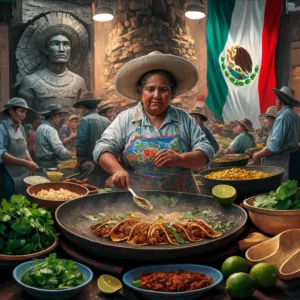
Taco Bell and Quick-Service Tacos
The American public was first exposed to tacos as a fast food item when Glen Bell launched the first Taco Bell in 1962. Despite being unique from their more conventional cousins, these tacos were instrumental in popularizing tacos throughout the United States.
Tacos’s Global Spread
Tacos are a worldwide craze these days. Numerous nations have adopted and modified them, leading to the production of distinctive dishes like curry tacos in India and sushi tacos in Japan. Tacos are a universal favorite, as seen by their widespread appeal.
Tacos’ Cultural Significance
Tacos are much more than just a meal in Mexico; they are a representation of customs and cultural identity. Tacos, which embody the essence of Mexican food, are a staple of social events and family get-togethers.
The Current Taco Trend
Food trucks and gourmet taco vendors have contributed to the recent rise in taco popularity. With creative toppings and fusion recipes, chefs are pushing the envelope and bringing taco culture anew and intriguing.
Visit our Store
Aspects of Nutrition and Health
Tacos have the potential to be tasty and healthy. They provide a well-balanced diet that includes vegetables, healthy fats, and meats. To create a filling and healthy taco, choose whole-grain tortillas, grilled meats, and fresh vegetables.
In Popular Culture, Tacos
Additionally, tacos have left their mark on popular culture. They are highlighted in television series and films, and they are honored on occasions like National Taco Day. In fact, tacos have grown to be a valued component of our common culinary history.
In summary
Tacos have come a long way, from their ancient origins in the Aztec empire to their current global prominence. They are now a popular dish all throughout the world, having changed, adapted, and merged with many different civilizations. Every mouthful is proof of the taco’s lasting impact, whether you’re savoring a traditional street taco in Mexico or an inventive fusion taco from a food truck.
FAQs

Traditional fillings include beans, cheese, a variety of vegetables, and salsas. Meats including pork (al pastor), beef (carne asada), and fish are also common.

Tacos became well-known in the United States because to Mexican immigrants who brought their cooking customs with them. The popularity of tacos was also greatly aided by the growth of fast-food restaurants like Taco Bell.

For thousands of years, corn, also known as maize, has been a mainstay in Mexican cooking. It is the primary component of tortillas, the base of many Mexican recipes, such as tacos.

When made with whole-grain tortillas, fresh veggies, and lean proteins, tacos can be a healthy choice. Tailoring components enables a healthy, well-balanced supper.

Tacos with a Korean BBQ flavor, vegan tacos made with tofu or cauliflower, and fusion tacos—such as sushi or curry tacos—that combine ingredients from several different cultures are some of the creative varieties.

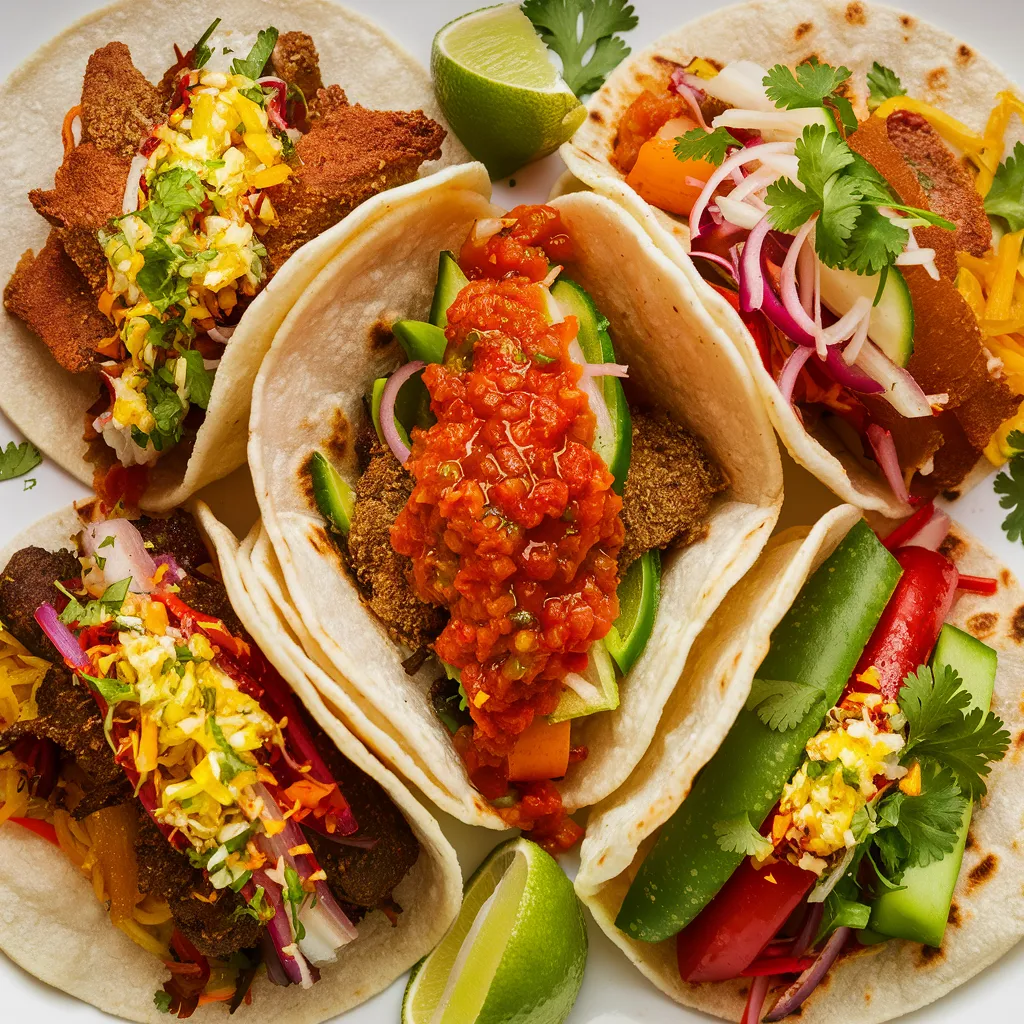
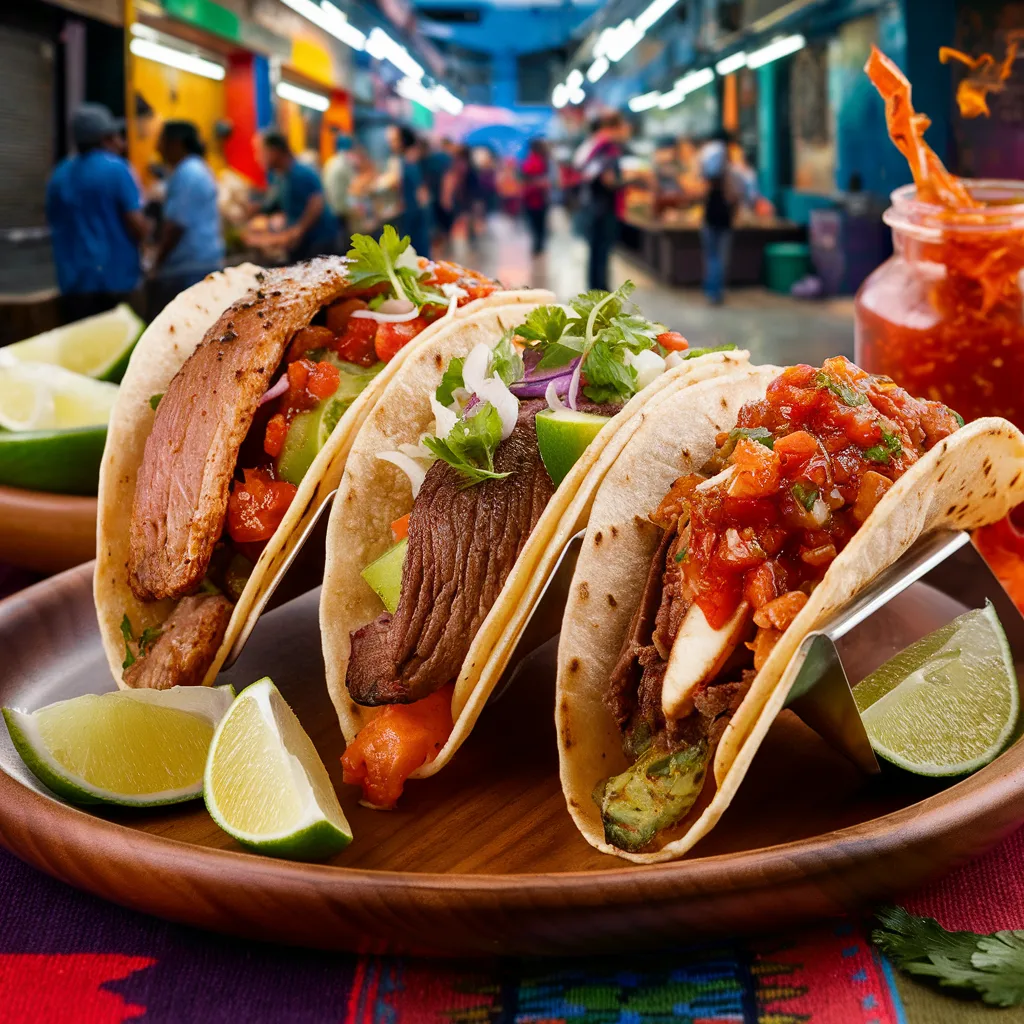
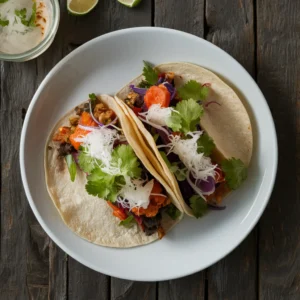
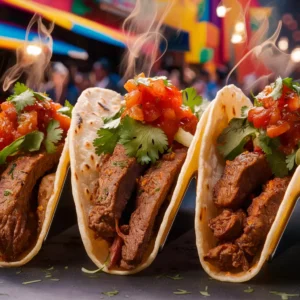

Leave a Reply